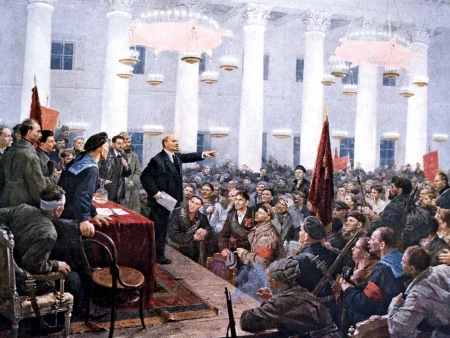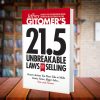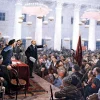“Now I have become death itself… the destroyer of worlds”
These are the lines from the Indian epic, the Mahabharata, that Robert Oppenheimer uttered when he saw the horror of the nuclear mushroom with his own eyes.
In this article, we get to know a scientist who completely changed the world after him. Stay with us.
Now that the movie “Oppenheimer” made by Christopher Nolan once again brought the name of this scientist to the lips and drew the attention of the new generation to his character, it is good to have a rapid look at his instructive life story. A great physicist who has become a familiar name to many people of the world not for his brilliant services to quantum physics, nor for his findings in cosmology, but for the creation of the atom bomb.
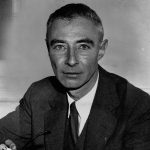
Julius Robert Oppenheimer
He was born on April 22, 1904 in New York City in a Jewish family.
He was a theoretical physicist. He was director of the Manhattan Project’s Los Alamos Laboratory during World War II and is often called the “father of the atomic bomb”.
He died on February 18, 1967 at the age of 62, while the world would never return to the past after him.
Early life
At the age of 17, his father had immigrated from Germany to America with no special education and without even being able to speak English. Despite this, Robert’s father was able to enter the textile industry and after 10 years became a wealthy businessman and manufacturer.
He grew up in an artistic atmosphere. One of his school friends described Robert as saying: “He was very shy. With the slightest incident, his cheeks would turn red. But what was most obvious about him was his intelligence. Very soon everyone would understand how different this child is from the others.”
At the age of 9, he read philosophical texts in Latin and Greek and was interested in minerals and mineralogy. Interestingly, based on his observations in nature, he sent letters to the Society of Mineralogists in New York. His letters were so strong and argumentative that the Society thought the writer of the letters was an adult and invited him to speak to the Society.
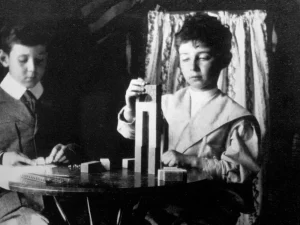
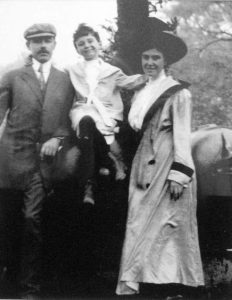
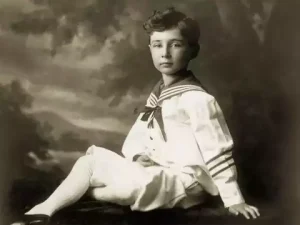
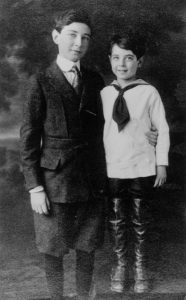
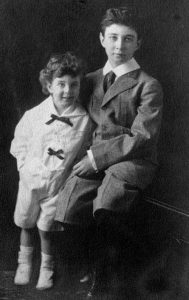

Isolation and unhappiness
But this thoughtful spirit of his, this mind that was always involved and full of worries, led the young Oppenheimer to isolation. He did not do any occupation or activity that was similar to his peers and because of this he was ridiculed. But his family believed in his genius.
Robert later said:
I have turned the trust and faith that my family had in me into an unpleasant pride… a pride that undoubtedly offends others.
At the age of 18, young Robert went to Harvard College to study chemistry. Obviously, the days of his studies in this field were not very pleasant for him. This era, which was full of absurdity and futility for him, had such an adverse effect on him that he wished death in a letter to his friend!
After completing this course, he went to Cambridge University and began his studies in physics, specifically atomic studies. His teacher asked him to do practical laboratory work, and Oppenheimer hated this work; So that in one of his letters he wrote:
I am not in a good situation. The lab is really boring and I’m literally not cut out for it. I can’t learn anything at all.
Gradually, the situation worsened and it reached the point where he impregnated an apple with toxic chemicals and placed it on his teacher’s desk; Hoping that his teacher will eat the apple. Of course, the professor survived the student’s conspiracy, but Robert’s continued studies in Cambridge depended on seeing a psychologist.
The psychologist diagnosed him with psychosis, but the treatments did not have a special effect on him. Later he said that during this time he really wanted to end his life.
Finding the path
Interestingly, although psychotherapy did not work for him, literature did. He read the book “In Search of Lost Time” by Marcel Proust and found it a reflection of his own state of mind. This gave him some reassurance and opened a window to a kinder side of life.
A part of the book that had a profound effect on him was that “indifference to the suffering of others can be a terrible and eternal form of cruelty of the heart.”
The issue of dealing with suffering remained his constant preoccupation, engaging him in spiritual and philosophical texts for the rest of his life, and ultimately playing a significant role in the work for which he became famous.
In 1926, he left Cambridge for the University of Göttingen, Germany, to complete his doctorate there under Max Born, the famous physicist who won the Nobel Prize. Göttingen was one of the most important research centers in the field of theoretical physics, and there Robert had the opportunity to meet great scientists such as Werner Heisenberg, Wolfgang Pauli and Enrico Fermi.
He received his PhD at the age of 23. He published several articles in Europe, which played a very important role in the advancement of quantum mechanics.

After some time, he returned to America and started teaching at Berkeley University. It was at this university that he worked closely with those who sought to design new experiments and interpret their results in the field of cosmic rays and nuclear decay.
The Manhattan Project
Oppenheimer was engaged in teaching and research at Berkeley until the fame of atomic weapons spread around the world at the beginning of the 40s. The alarm had sounded in the scientific community and the concern of physicists about the spread of atomic weapons had increased.
Albert Einstein wrote a letter known as the “Einstein-Szilard letter” to senior American leaders and politicians, in which he warned of the danger of Nazi Germany acquiring atomic weapons. This great scientist suggested that the United States government should also work for independent nuclear activities.
President Franklin Roosevelt responded to these concerns and the Manhattan Project was born; The research and development program of the United States of America, along with England and Canada, to achieve nuclear weapons during World War II.
This project was carried out under the supervision of one of the generals of the American army named Leslie Groves. Groves convinced his superiors that Robert Oppenheimer was the only person who could see the project through to its ultimate goal.
With the efforts of Groves, the American statesmen, who at first were not optimistic about him because of the communist tendencies of this scientist, finally trusted him and Oppenheimer was chosen as the head of the Los Alamos Laboratory.
No doubt Robert was happy about this. At that time, he told a friend: I will cut off any communist connections. I don’t want anything to stop me from being useful to the nation.
The beginning of a new era
Los Alamos National Laboratory was then known as Project Y. Robert took charge of this laboratory. In Los Alamos, as elsewhere, he applied his countercurrent and multidimensional method.
A colleague later wrote that Robert not only hired scientists, but also a painter, a philosopher, and a few other unrelated people. He felt that a civilized society would not be complete without them.
Finally, the efforts of the members of this project came to fruition. In the early morning hours of July 16, 1945, he sat in the control center, in a concrete bunker, waiting for the moment that would change the world forever. 10 kilometers away in the Jornada del Muerto desert in the state of New Mexico, the world’s first nuclear bomb test took place under the code name “Trinity”.
There was an explosion that overshadowed the sunlight. With a destructive force equivalent to 21 thousand tons of TNT, it was the biggest explosion that mankind had seen until that time. Its aftershocks were felt up to 160 kilometers away from the test site. With a roaring sound that covered the space and a mushroom cloud that rose to the sky.
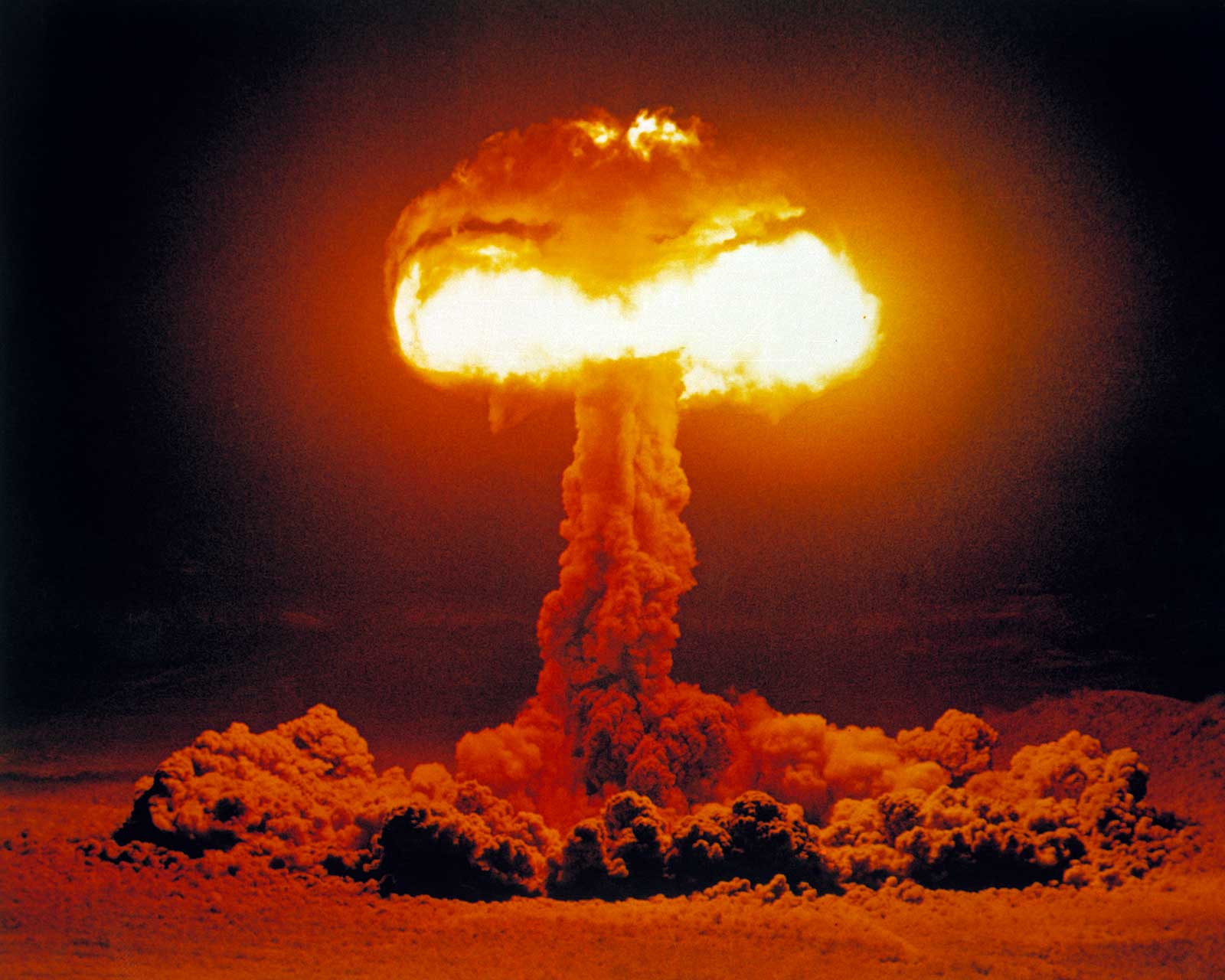
After the explosion, his colleague, who saw him from a distance, described him as follows: “I will never forget his step. He got out of the car as if he had returned from a big duel… he had done his job.”
In an interview in the 1960s, Oppenheimer revealed new dimensions of his feelings at the time. He said that moments after the explosion, a line from the Hindu text of the Bhagavad Gita came to his mind that said:
Now I’ve become death itself… the destroyer of worlds
His achievement did not bring him much joy
After the atomic test, he had a strange mood. He was getting more depressed day by day. One of his friends said: In the two weeks after the test, Robert was very quiet and thoughtful, because he knew what was going to happen.
One morning they heard him lamenting the fate of the Japanese in a pitiful tone. The Japanese who were killed by atomic bombs for the first time in history less than a month after the Trinity test in Hiroshima and Nagasaki.
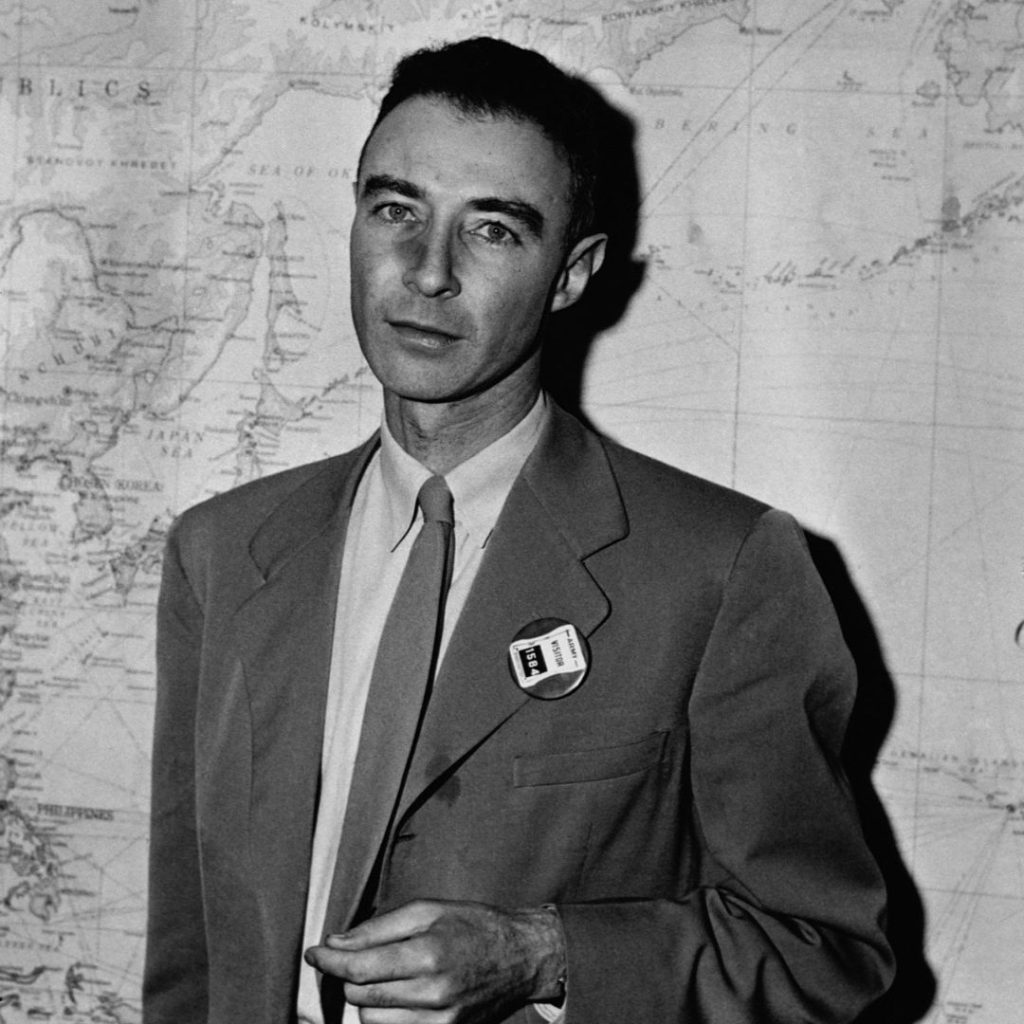
He told his colleagues that as scientists they were not responsible for how the bomb was used and that they were just doing their job. If blood is spilled, it will be the responsibility of the politicians.
However, Oppenheimer’s belief in this view seems to have been shaken after the atomic bomb was used on Japan. Although he knew that the use of this deadly weapon was the only possible way to stop the terrible war crimes that were perpetrated by the Imperial Japanese Army.
After the war
During his membership in the Atomic Energy Commission, he was against building more weapons; including the more powerful hydrogen bomb that his work paved the way for. He described nuclear weapons as a tool of “hostility, surprise and terror” and the weapons industry as an “evil work”.
These positions, along with his former communist beliefs, caused the US government to doubt his loyalty. The government revoked his security clearance in 1954. Cancellation of this license meant the end of cooperation with the US government in secret and military projects.
After the war, he was always struggling with two feelings: pride and honor for the technical achievement of making a nuclear bomb, and the torment of conscience caused by its dangers in the future.
He had said many times that making a nuclear bomb was inevitable.
In the last 20 years of his life, he was the director of the Institute for Advanced Study in Princeton, New Jersey, where he worked with Einstein and other physicists.

He, who was a heavy smoker since he was a teenager, contracted tuberculosis several times during his life. He died in 1967 at the age of 62 from laryngeal cancer. In 1963, the American government awarded him the “Enrico Fermi” prize as a sign of restoring his political dignity. 55 years after his death, the government in 2022 called the decision to revoke his security clearance as a mistake and affirmed his loyalty.






